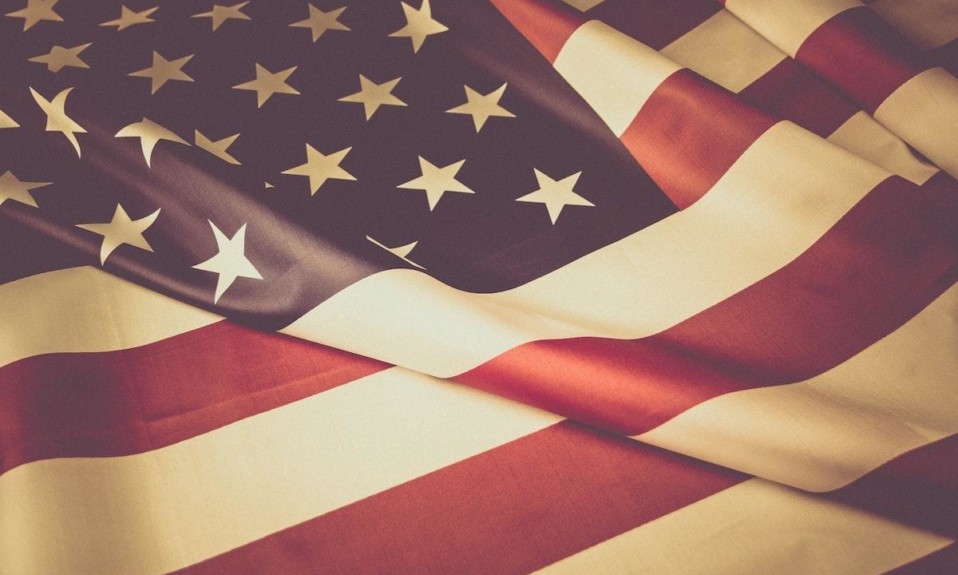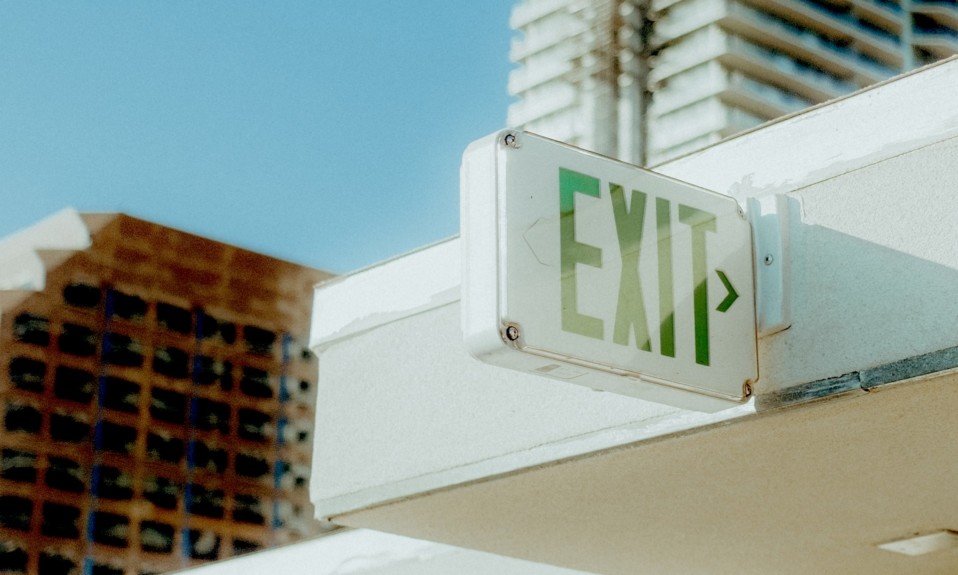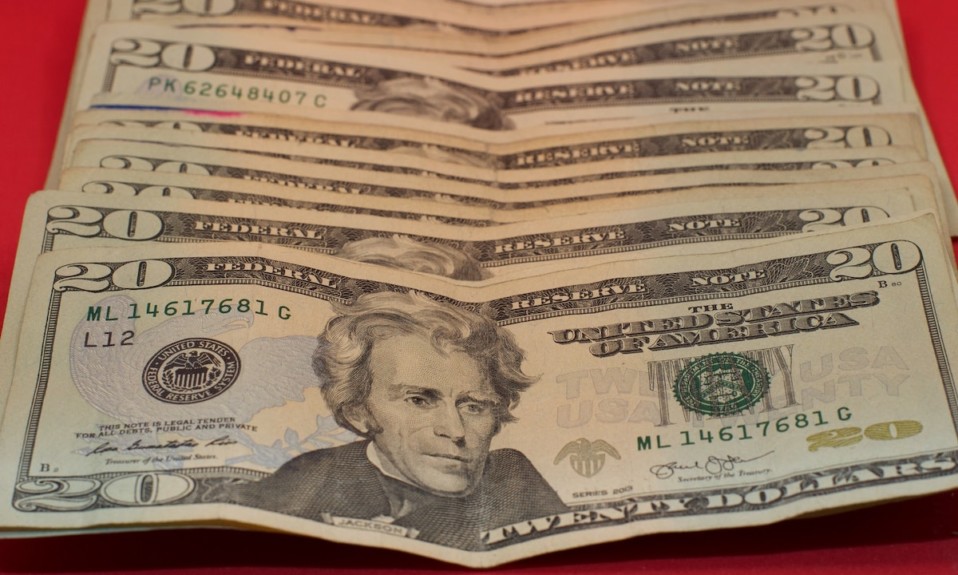In a nutshell, almost $4 billion in funding to deal with the spike in substance use and mental health issues during the pandemic
By William Wagner
March 16, 2021During the presidential campaign, Joe Biden pledged to make addiction and mental health treatment a priority. Now, 50-odd days into his administration, the wheels are turning.
The newly minted American Rescue Plan Act, a sweeping $1.9 trillion COVID-19 relief bill, includes nearly $4 billion in emergency funding for substance use disorder (SUD) and mental health initiatives. Those dollars are a badly needed boost for a space that has been pummeled by the pandemic.
During this time of increased urgency, we want to assure [Americans] that funding is in place to help states and territories provide pathways to prevention, intervention, treatment and recovery services, especially for underserved populations.”—Tom Coderre, acting assistant secretary, SAMHSA
“We know multiple stressors during the pandemic—isolation, sickness, grief, job loss, food instability and loss of routines—have devastated many Americans and presented unprecedented challenges for behavioral health providers across the nation,” Tom Coderre, acting assistant secretary for the Substance Abuse and Mental Health Services Administration (SAMHSA), said upon the signing of the bill last week. “During this time of increased urgency, we want to assure them that funding is in place to help states and territories provide pathways to prevention, intervention, treatment and recovery services, especially for underserved populations.”
Distribution of Funds for the American Rescue Plan Act
According to NAADAC, the Association for Addiction Professionals, the American Rescue Plan Act breaks down as follows for SUD and mental health:
- $1.5 billion in SUD treatment and prevention block grants
- $1.5 billion in block grants for community-oriented mental health services
- $420 million in expansion grants for community-oriented behavioral health clinics
- $180 million for educating and training professionals in the behavioral health and SUD sectors
- $80 million to enhance access to pediatric mental health treatment
- $60 million to provide SUD and mental health services and support to healthcare professionals
- $50 million to address local behavioral health needs
- $30 million for Advancing Wellness and Resiliency in Education (AWARE), a Department of Health and Human Services (HHS) program aimed at giving students better access to mental health services
- $30 million for local SUD treatment services
- $20 million directed toward suicide prevention
- $10 million for the National Child Traumatic Stress Network (NCTSN), whose stated mission is to “raise the standard of care and improve access to services for traumatized children, their families and communities throughout the United States.”
Reaction to the American Rescue Plan Act
The bill has been mostly lauded by addiction and mental health treatment advocates.
“NAADAC congratulates President Biden and Congress on delivering the American Rescue Plan,” Cynthia Moreno Tuohy, executive director of NAADAC, said when the bill was signed. “Its robust funding for addiction and mental health services, infrastructure and public health workforce support establishes an economic strategy for rebuilding the substance use and mental health disorder systems of care.”
Added Jeffrey Geller, president of the American Psychiatric Association (APA): “It is essential and heartening that Congress and the administration included funding for our nation’s mental health system in this wave of COVID relief. We are particularly pleased to see support for our front-line physicians and other workers, many of whom have made great sacrifices during this time, and many of whom are hurting.”
We have to bring the right minds together to figure out the best ways to use the funding.”—Annie Peters, director of research and education, NAATP
The addiction and mental health funding in the American Rescue Plan Act builds on the $4.25 billion in the December 2020 pandemic relief bill. Those are a lot of zeroes, but the devil is in the details. In other words, the key is to ensure those billions of dollars are applied effectively.
“We have to bring the right minds together to figure out the best ways to use the funding,” says Annie Peters, Ph.D., LP, director of research and education for the National Association of Addiction Treatment Providers (NAATP). “It has to get people the services to identify who is having a problem, get people to the right place for a good, clear assessment and then get them the right treatment. And it needs to be more affordable so that there’s more equity in treatment.”
Photo: Bermix Studio














